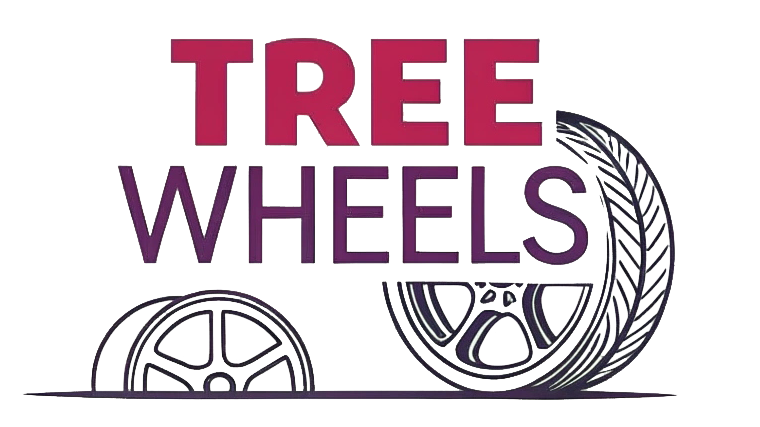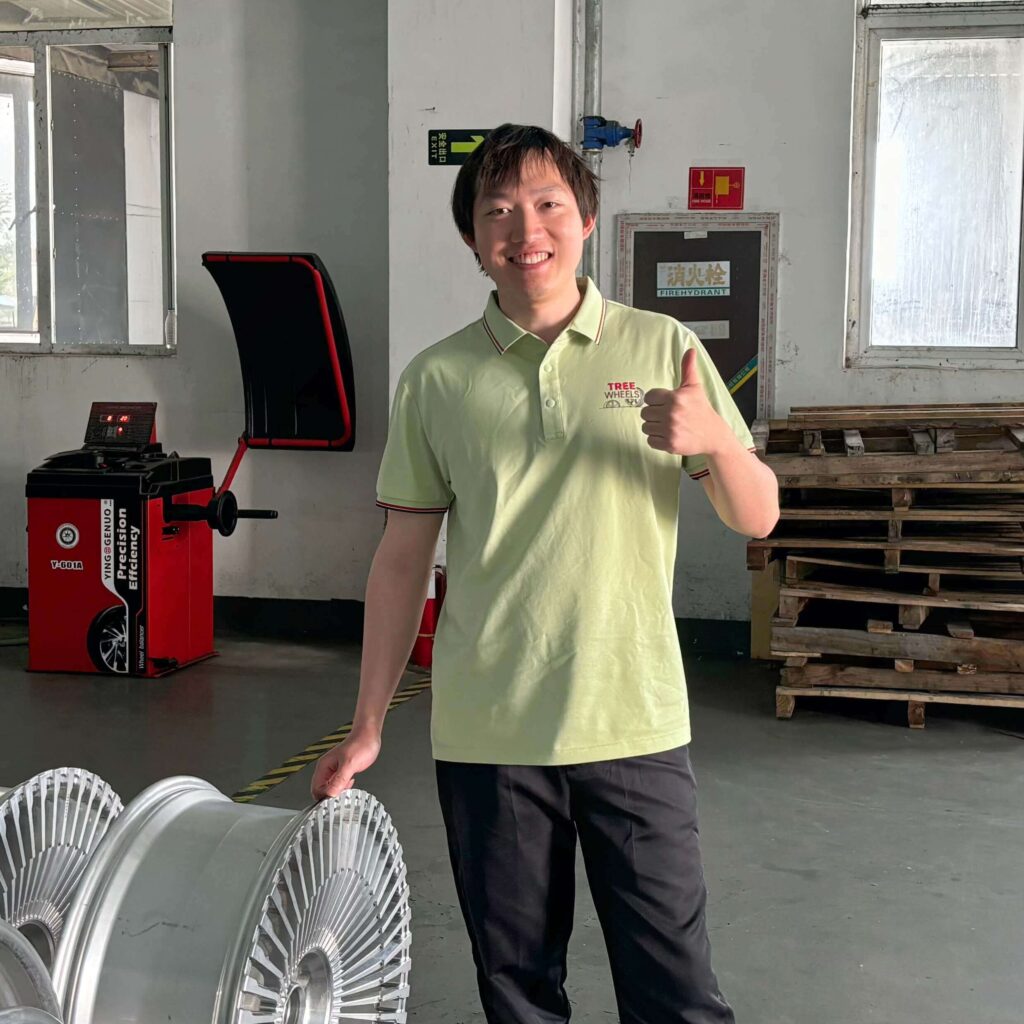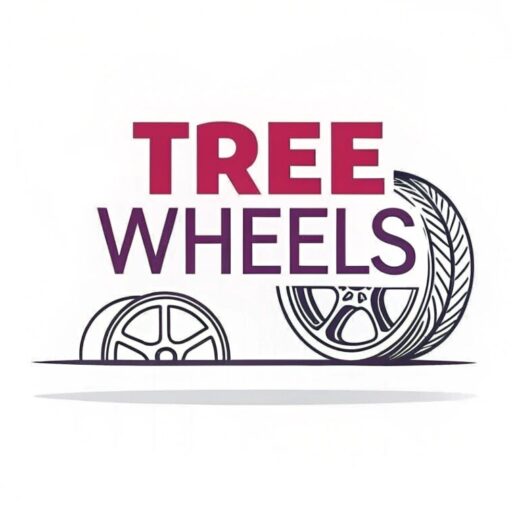I struggled to decide if aftermarket wheels were worth the cost for my car. They promise style and performance, but are they a smart investment?
Aftermarket wheels can enhance your car’s look and performance. They’re often cheaper than OEM wheels, with casting options for budget buyers and forged for customization.

I’ve spent hours researching wheels for my car. The options are endless, and the benefits are tempting. Let’s explore the pros and cons to help you decide.
What Are the Disadvantages of Aftermarket Wheels?
Choosing aftermarket wheels felt risky at first. I worried about quality and fitment issues that could harm my car’s performance.
Some aftermarket wheels may have poor quality or incorrect fitment. This can lead to vibrations, uneven tire wear, or even safety risks if not properly installed.
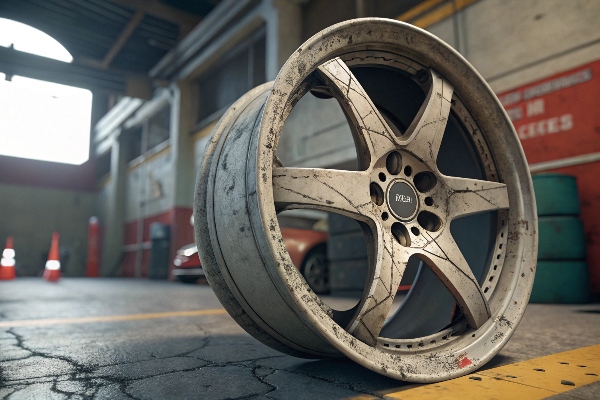
Quality Concerns
Not all aftermarket wheels are equal. I learned this when a friend bought cheap wheels that cracked after a few months. Low-quality materials or poor manufacturing can lead to durability issues. Always check for certifications like ISO, DOT, or JWL to ensure safety.
Fitment Challenges
Fitment was my biggest fear. If the wheel size or offset doesn’t match your car, it can affect handling. For example, my car needed specific bolt patterns, and I had to confirm compatibility with my modified brakes. Always share your car’s details with suppliers.
Installation Risks
Improper installation can cause problems. I saw a shop mess up a wheel install, leading to vibrations. Use trusted technicians and double-check torque settings to avoid issues.
| Issue | Cause | Solution |
|---|---|---|
| Poor Quality | Low-grade materials | Check certifications |
| Fitment Issues | Incorrect size or offset | Confirm specs with supplier |
| Installation Problems | Improper mounting or torque | Use experienced technicians |
These challenges are real, but with careful research, you can avoid them. I found that sticking to reputable brands like Tree Wheels minimizes risks.
Are Aftermarket Rims Any Good?
I wondered if aftermarket rims could match OEM quality. The variety of styles and prices made me curious about their value.
Aftermarket rims vary in quality. Reputable brands offer durable, stylish options that rival OEM rims, often at lower prices, especially for aluminum alloy wheels.
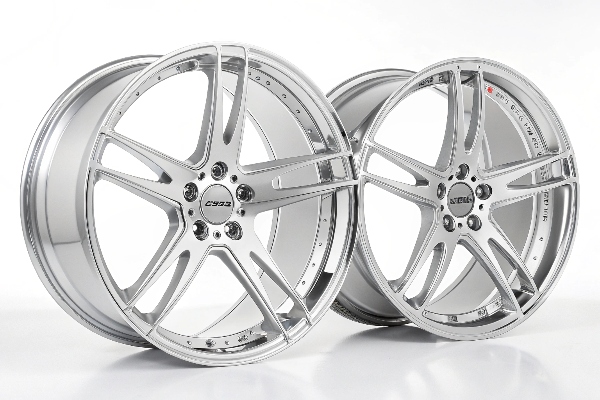
Material Quality
Aluminum alloy rims, like those from Tree Wheels, are lightweight and strong. I chose forged rims for my car because they’re durable and customizable. Casting rims are cheaper but less flexible in design.
Performance Benefits
Good aftermarket rims can improve handling. Lighter wheels reduce unsprung weight, making my car feel more responsive. I noticed better cornering after upgrading to forged wheels.
Cost vs. Value
Aftermarket rims are often cheaper than OEM. My OEM wheels cost $800 each, but I got forged rims for $500 each. The savings and style were worth it.
| Feature | Aftermarket Rims | OEM Rims |
|---|---|---|
| Price | Often lower | Higher |
| Customization | High (forged) | Limited |
| Weight | Lighter (forged) | Heavier |
Quality rims from trusted suppliers can outperform OEM. My experience with Tree Wheels proved that aftermarket doesn’t mean inferior.
Why Do People Buy Aftermarket Wheels?
I saw cars with stunning wheels and wondered why owners chose aftermarket. The reasons go beyond just looks.
People buy aftermarket wheels for style, performance, and cost savings. They offer unique designs, lighter weight, and often lower prices than OEM wheels.

Aesthetic Appeal
Style is a big driver. I wanted my car to stand out, and aftermarket wheels offered designs OEM couldn’t match. Forged wheels let me pick colors and finishes.
Performance Gains
Lighter wheels improve acceleration and braking. When I switched to forged rims, my car felt quicker. This is why enthusiasts love aftermarket options.
Budget-Friendly
Cost matters. I saved hundreds by choosing aftermarket over OEM. Casting wheels are great for budget buyers, while forged offers premium customization.
| Reason | Benefit | Example |
|---|---|---|
| Style | Unique designs | Custom colors, finishes |
| Performance | Lighter weight | Better handling, braking |
| Cost | Lower than OEM | Casting wheels for budget |
People choose aftermarket wheels to express themselves and boost performance. My car’s new look and feel made the choice clear.
Do You Need an Alignment with Aftermarket Wheels?
I wasn’t sure if new wheels meant extra maintenance. Alignment seemed like a hassle I wanted to avoid.
You may need an alignment with aftermarket wheels if they change size or offset. This ensures proper handling and prevents uneven tire wear.
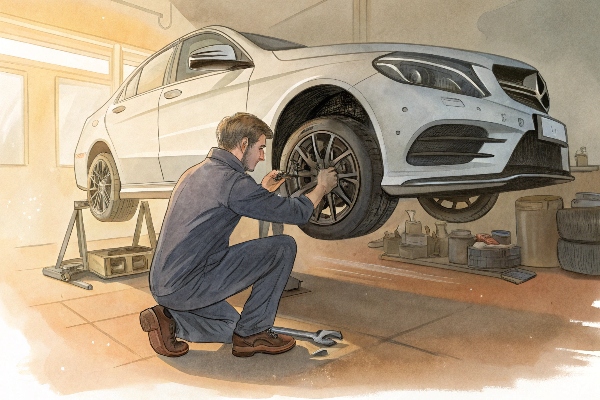
Why Alignment Matters
Changing wheel size or offset can affect suspension geometry. I learned this when my car pulled slightly after installing larger rims. An alignment fixed it.
When to Align
If you stick to OEM specs, you might skip alignment. But I had modified shocks, so I got an alignment to be safe. Always check with your shop.
Cost and Time
Alignments are quick and affordable. My local shop charged $80 and took 30 minutes. It’s a small price for safety and tire longevity.
| Scenario | Alignment Needed? | Cost Estimate |
|---|---|---|
| Same Specs | Usually not | $0 |
| Larger Wheels | Likely | $50–$100 |
| Modified Suspension | Highly recommended | $50–$100 |
Alignment is a small step that saves headaches. I always recommend it for peace of mind.
Conclusion
Aftermarket wheels offer style, performance, and savings, but choose quality and fitment carefully. Upgrade your ride with Tree Wheels’ customized forged wheels today!
